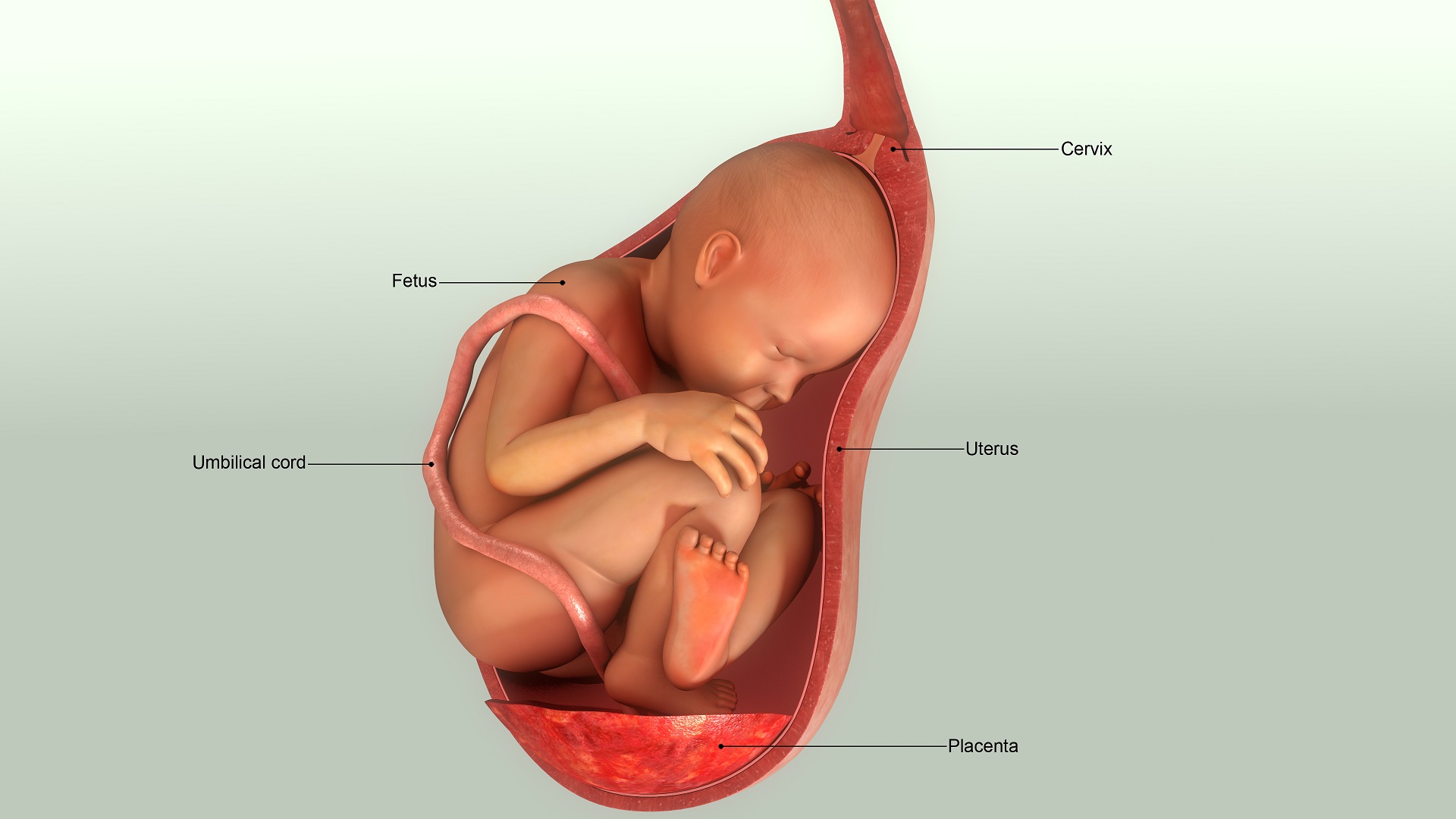


In such cases, a woman can have low amniotic fluid levels that could be a result of the decline in the placental function. Post-Date Pregnancy: This refers to a pregnancy that goes beyond 42 weeks.Problems with the Placenta: If a woman’s placenta is not able to provide enough blood and nutrients for the baby, the baby may stop recycling the fluid.A premature rupture of the membrane can also result in lower levels of amniotic fluid. Leaking or a Rupture of the Membranes: This refers to a gush of fluid or a slow trickle of fluid that occurs because of a tear in the membrane.Congenital Disabilities: This includes problems with the development of the kidneys or the urinary tract that could cause lesser production of urine, leading to lower levels of amniotic fluid.If a woman has passed her due date by two weeks or more, she may be at a high risk for this condition as the fluids can decrease by half, after she reaches 42 weeks’ gestation. However, it is most common during the last trimester. The condition of low amniotic fluid can occur at any time during pregnancy. If the AFI shows the fluid as less than 5 centimetres, the absence of the fluid pocket 2-3 cm in depth, or the fluid volume of less than 500 ml at about 32-36 weeks’ gestation, then oligohydramnios is suspected.

While you are pregnant, doctors can measure the amount of amniotic fluid present through various methods such as deep pocket measurements or the amniotic fluid index (AFI) evaluation.

Oligohydramnios, commonly known as low amniotic fluid is a condition in which, a pregnant woman has too little amniotic fluid. If the measurement of the fluid is too low, it is called oligohydramnios while, if it is too high, it is called polyhydramnios. Sometimes, this fluid may measure too high or too low. As the baby grows, she or he will move in the womb with the help of this fluid, and in the second trimester, the baby will begin breathing and swallowing the amniotic fluid. It is first made up of water which is provided by the mother, and by about 20 weeks the foetal urine becomes the primary substance. This fluid is produced soon after the amniotic sac forms, i.e., about 12 days’ post-conception. The amniotic fluid is a part of a baby’s life support system that protects the baby and assists in the development of the muscles, lungs, limbs and digestive system.


 0 kommentar(er)
0 kommentar(er)
